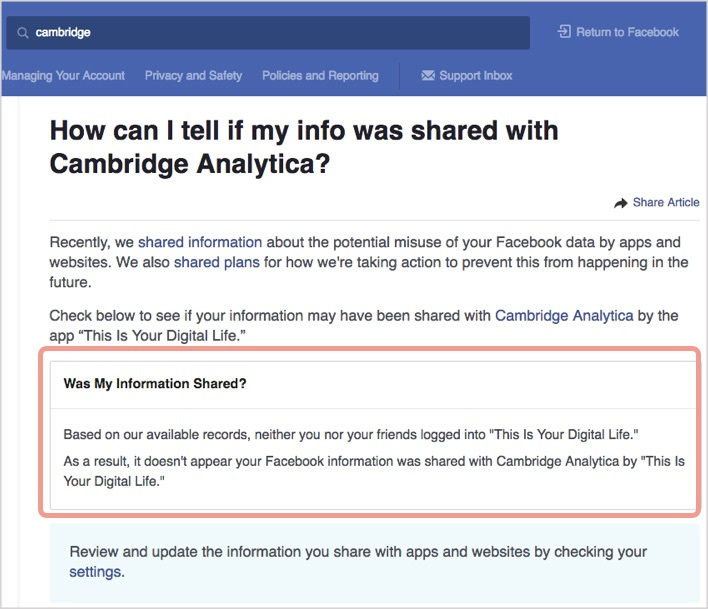On-Premise Security Tools Struggle to Survive in the Cloud
Cloud usage is growing faster than businesses’ ability to secure it. While IT pros are quick to point out the benefits of SaaS applications, they are hesitant to adopt cloud-specific security tools. At the same time, their existing security systems are putting cloud-based data at risk.
Most (64%) large organizations say SaaS adoption is outpacing security, reports iboss in its new 2018 Enterprise Cloud Trends report. On average, about one-fifth of enterprise applications are SaaS, and the number is expected to hit 36% per business within the next two- to three years.
All of iboss’ respondents say there is at least one benefit to using SaaS applications over physical software. Their reasons include speed (71%), user-friendliness (58%), data storage capacity (49%), heightened productivity (43%), and data accessibility (40%). They are most commonly using SaaS for email (63%), data loss prevention (59%), and file sharing (59%).
Employees expect to use SaaS in the workplace and they’ll continue to do so. However, 91% of respondents say their organizations’ security policies need to improve if they’re going to operate in a cloud environment. One in ten says a “complete overhaul” is needed.
Current Tools Aren’t Cutting It in the Cloud
Security in the cloud was a challenge for 97% of respondents in a new global survey by Sumo Logic, entitled 2018 Global Security Trends in the Cloud. Most report a lack of tools, cross-functional collaboration, and resources to gain insight into enterprise security.
Nearly all (93%) respondents have issues using security tools in the cloud. About half (49%) say existing tools aren’t effective in their cloud environments, stating too many tools makes it hard to know what to prioritize. Forty-five percent say they can’t investigate threats in a timely manner because of poor integration. Respondents also say different tools give conflicting information, and cloud-specific tools are both expensive and hard to learn.
“Legacy, on-prem security tools simply aren’t designed for the borderless networks most large organizations use today,” says iboss cofounder and CEO Paul Martini. “On-prem solutions require all network traffic to be routed through physical security appliances at headquarters, an incredibly expensive and inefficient process.”
Sumo Logic found 87% of businesses struggle to use on-prem SIEM in the cloud for several reasons. More than half (51%) say they can’t effectively assimilate cloud data and threats (51%), 34% say using on-prem tools in the cloud is too expensive, and 33% say deployment and usage is difficult. Only 17% say they don’t struggle to use on-prem SIEM in the cloud.
When the SIEM was originally built, it was intended for security data, says Sumo Logic CSO George Gerchow. It was primarily used by security teams. Now, these systems need to be more transparent so developers and operations employees can access the data. As businesses rely on cloud services like Office 365, Salesforce, and Workday, they’re realizing they need to change.
“They’re finally starting to learn they need something that’s going to be scalable, elastic, and give visibility across modern-day applications,” Gerchow explains.
Using on-prem tools in the cloud is expensive, he adds. Collecting data from a cloud-based environment, importing it for analysis, then pushing it back to the cloud is inefficient and costly.
The demands of cloud security are also putting pressure on the structure of security teams. More than 60% of Sumo Logic respondents say cloud security demands broader technical expertise, 54% say they need greater cross-team coordination, and 51% say their staff is overloaded. Overall, 97% of respondents face organizational challenges with cloud security.
Switching to SaaS Security: Why Wait?
Despite the enthusiasm around SaaS applications, around half (49%) of iboss’ respondents report they’re hesitant to adopt SaaS-based security tools.
“Because they believe every SaaS solution requires them to leverage multi-tenant shared cloud infrastructure, companies are typically hesitant to adopt SaaS security tools due to data privacy concerns,” says Martini. Those in industries like financial services and healthcare are also worried about regulatory control, he adds.
However, not switching to cloud-based security will force companies to forego a lot of benefits provided by SaaS applications. More employees demand the flexibility to use cloud applications to work remotely; using on-prem security tools prevents them from doing this securely.
“A risk is in using cloud-based security tools is around knowledge and education,” says Gerchow. “We just don’t have enough of it out there. Moving to the cloud, [businesses] just don’t have the skill sets to understand how these tools work.”
Adopting cloud-based security tools may require a learning curve, but Gerchow warns companies that sticking with on-prem tools amid the move to cloud can be dangerous.
“In my mind, the biggest risk is, you’ll only be looking at part of the environment,” he explains. “You’re not going to get a holistic, 360-degree view of what’s taking place.”
The pressure to embrace SaaS security will increase as companies collect larger amounts of data, Gerchow continues. Cloud-based solutions can scale to handle larger data stores. If you’re managing workloads in AWS, for example, and scale from 10 terabytes of data, to 40, to 100, you won’t be able to secure it all with an on-prem security system.
Related Content:
- Serverless Architectures: A Paradigm Shift in Application Security
- Unpatched Vulnerabilities the Source of Most Data Breaches
- Misconfigured Clouds Compromise 424% More Records in 2017
- 7 Deadly Security Sins of Web Applications

Join Dark Reading LIVE for a two-day Cybersecurity Crash Course at Interop ITX. Learn from the industry’s most knowledgeable IT security experts. Check out the agenda here. Register with Promo Code DR200 and save $200.
Kelly Sheridan is the Staff Editor at Dark Reading, where she focuses on cybersecurity news and analysis. She is a business technology journalist who previously reported for InformationWeek, where she covered Microsoft, and Insurance Technology, where she covered financial … View Full Bio




